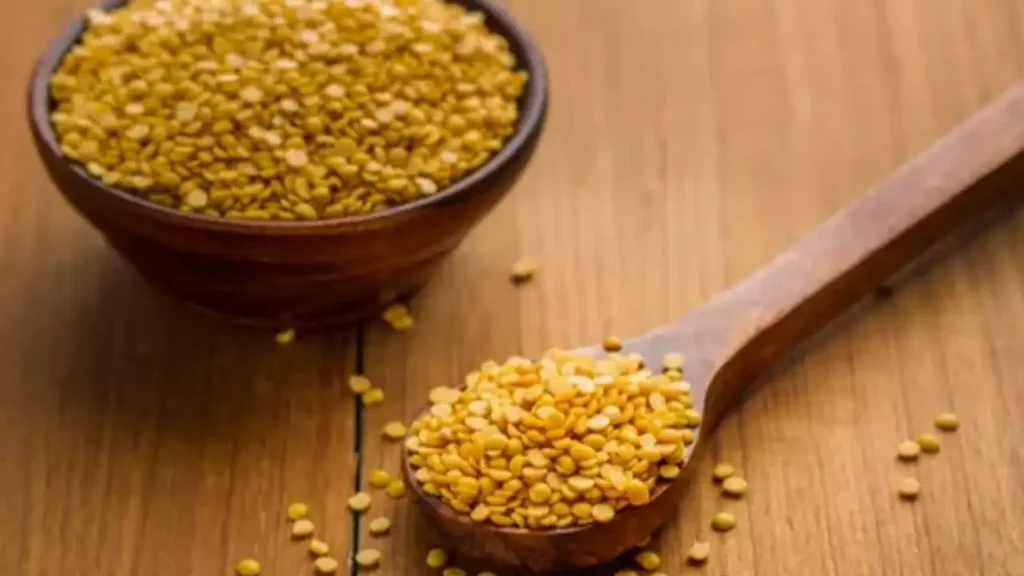Wholesale prices of tur dal have increased by 5% in the last month, despite the arrival of new crops and ongoing imports from Myanmar. According to industry representatives, the supply chain is being affected by reduced acreage and a second consecutive year of decreased production.
In 2023, retail prices for tur/arhar had peaked at INR 200/kg but experienced a decline of 5-10% in December. This reduction was attributed to price control measures, including the facilitation of yellow peas imports, stricter government monitoring of stock limits, and the sale of subsidized Bharat chana dal.
Continue Exploring: Chana Dal goes affordable with the launch of government’s ‘Bharat Dal’ brand
However, this also resulted in a significant drop in prices for whole unprocessed tur beans, coinciding with the commencement of the kharif crop harvest. Many farmers opted to withhold their produce, leading to a decreased availability of tur in the market.
“The availability of tur in the market had reduced when prices hit the bottom as farmers opted to wait for prices to recover,” said Latur-based dal miller Nitin Kalantry. “After dipping to a low of INR 85/kg from the high of INR 120/kg, tur prices are again on the recovery path.”
According to the Indian Pulses and Grains Association (IPGA), tur prices have seen a consecutive four-week surge, driven by the escalating purchases of whole tur by dal millers for processing into dals.
Continue Exploring: Indian households ditch tur dal for cheaper lentils amid skyrocketing prices
India has been fulfilling its domestic demand for tur dal through imports from Myanmar and Africa. Nevertheless, challenges from the local government in Africa have impeded supplies, while those from Myanmar are reported to be lower than anticipated, according to industry insiders.
